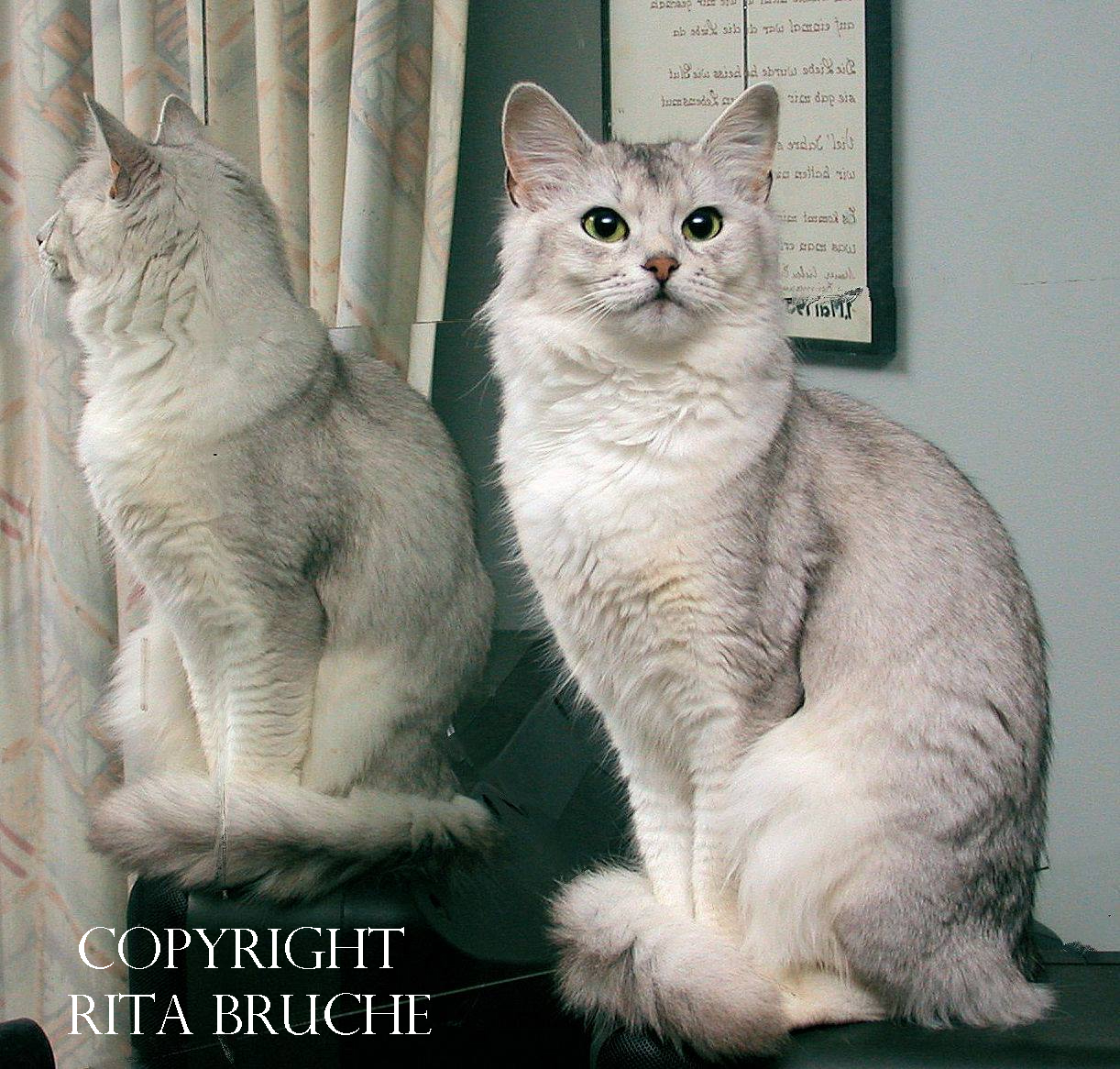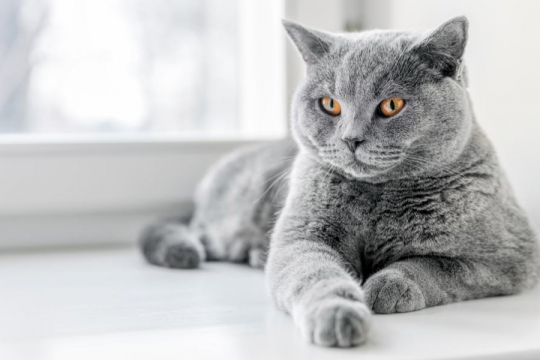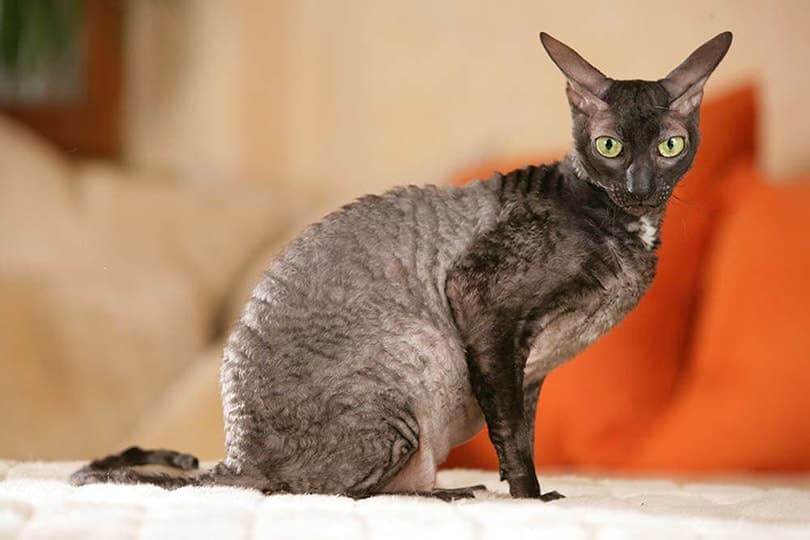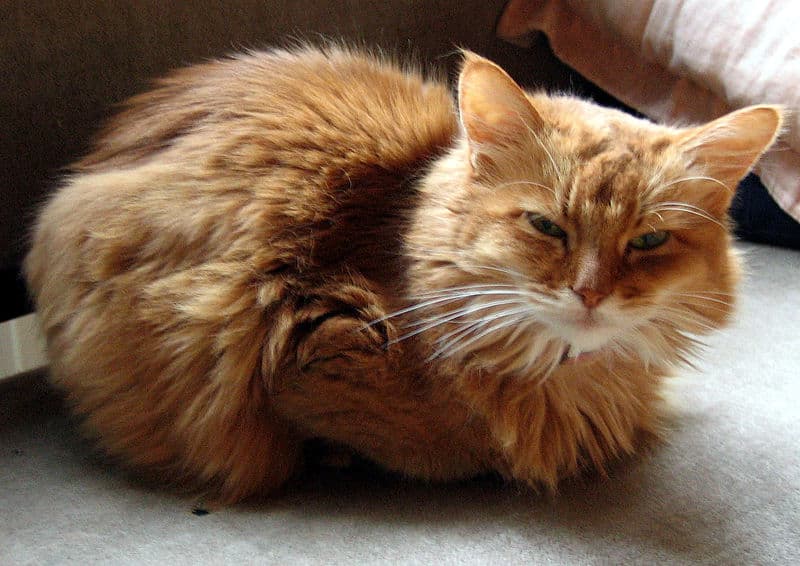In the realm of felines, there exists a breed known for its captivating allure, grace, and captivating temperament - the Somali cat. With origins deeply rooted in the African wilderness, the Somali has embarked on an extraordinary journey to become a cherished companion in households worldwide. Possessing a rich history, distinctive physical characteristics, and an endearing personality, the Somali cat stands out as a truly exceptional breed.
History and Origin of the Somali Cat

The Somali cat traces its ancestry back to the enchanting lands of Somalia, where the harsh conditions of the desert forged a feline of exceptional resilience and adaptability. These early Somalis roamed the arid terrains, honing their hunting skills and developing the keen instincts that would shape their breed for generations to come. It was not until the early 20th century that the Somali cat found its way to North America, captivating the hearts of cat enthusiasts with its alluring appearance and sociable nature.
The Journey to North America
The first Somali cats were brought to North America in the early 1900s by sailors who traded goods along the East African coast. These cats were initially mistaken for Abyssinians due to their similar appearance, but it wasn't until the 1960s that they were recognized as a separate breed. In 1967, the Somali cat was officially recognized by the Cat Fanciers' Association (CFA) and has since gained popularity as a beloved household pet.
Unique Characteristics of the Somali Cat
The Somali cat's ancestors were bred for survival in the harsh desert environment, resulting in a breed with unique physical characteristics. Their long, silky coats provide insulation against the extreme temperatures of the desert, while their large ears help dissipate heat. These features have been passed down through generations, making the Somali cat well-adapted to both warm and cold climates.
Physical Characteristics of the Somali Cat

The Somali's physical attributes embody a harmonious blend of elegance and athleticism. Their medium-sized, muscular bodies are enveloped in a coat of remarkable beauty. The Somali's dense, plush fur forms a luxurious mane around their neck, accentuating their regal bearing. Their elongated, triangular heads feature large, almond-shaped eyes, captivating observers with their expressive gaze.
Coat Colors and Patterns
The Somali cat's coat comes in a variety of colors and patterns, including ruddy, red, blue, and fawn. Their coats are also adorned with ticking, which is a unique pattern where each hair has multiple bands of color. This gives the coat a shimmering appearance, adding to the breed's allure. The CFA recognizes four main coat patterns for Somalis: ticked tabby, silver ticked tabby, smoke, and solid.
Grooming Needs
Despite their long, luxurious coats, Somali cats are relatively low maintenance when it comes to grooming. They have a self-cleaning instinct, similar to that of their Abyssinian ancestors, and only require occasional brushing to remove loose hair and prevent matting. It is recommended to brush a Somali cat once or twice a week, using a soft-bristled brush or a grooming glove. Regular nail trimming and teeth cleaning should also be a part of their grooming routine.
Table 1: Grooming Needs for a Somali Cat
| Grooming Needs | Frequency |
|---|---|
| Brushing | 1-2 times per week |
| Nail Trimming | Every 2-3 weeks |
| Teeth Cleaning | Daily |
Exercise Requirements
Somali cats are known for their playful and energetic nature, making them a great choice for active households. They enjoy interactive playtime with their owners and will often invent their own games if left to their own devices. Providing them with toys and scratching posts will help keep them entertained and prevent destructive behavior. It is recommended to provide at least 30 minutes of playtime per day for a Somali cat.
Personality and Temperament of the Somali Cat

The Somali cat's personality is as captivating as its physical appearance. They are known for their intelligence, curiosity, and affectionate nature. They form strong bonds with their owners and enjoy being involved in all aspects of their daily lives. Somalis are also highly social cats and do well in multi-pet households, as long as they receive proper introductions and socialization.
Playful and Energetic
Somali cats have a playful and energetic nature that stays with them throughout their lives. They retain their kitten-like energy well into adulthood, making them a fun and entertaining companion. They are also highly intelligent and enjoy interactive games and puzzles that challenge their minds.
Affectionate and Loyal
Somali cats form strong bonds with their owners and are known for their loyalty and devotion. They are often described as "velcro cats" because of their tendency to follow their owners around the house. They also enjoy cuddling and will often curl up on their owner's lap for some quality snuggle time.
Vocal and Communicative
Somali cats are not known for being quiet. They are vocal and will often meow to communicate with their owners. Some Somalis even learn to mimic human speech, adding to their already charming personalities. They are also highly expressive, using their body language and facial expressions to convey their emotions.
Grooming and Care for a Somali Cat

As mentioned earlier, Somali cats are relatively low maintenance when it comes to grooming. However, there are still some essential care routines that should be followed to ensure their health and well-being.
Nutrition and Diet
A balanced and nutritious diet is crucial for the overall health of a Somali cat. It is recommended to feed them high-quality, protein-rich cat food that is appropriate for their age and activity level. It is also essential to monitor their food intake and avoid overfeeding, as Somalis can be prone to obesity.
Dental Care
Dental hygiene is often overlooked in cats, but it is crucial for their overall health. Somali cats are no exception, and it is recommended to brush their teeth daily to prevent dental issues such as tartar buildup and gum disease. Providing them with dental treats and toys can also help keep their teeth clean.
Regular Vet Visits
Just like any other pet, Somali cats require regular vet visits to ensure they are healthy and up-to-date on vaccinations. It is recommended to take them for a check-up at least once a year, and more frequently as they age.
Health Concerns for Somali Cats

Somali cats are generally healthy and have a lifespan of 12-16 years. However, like all breeds, they are prone to certain health conditions that owners should be aware of.
Renal Amyloidosis
Renal amyloidosis is a genetic condition that affects the kidneys of Somali cats. It is caused by the buildup of a protein called amyloid, which can lead to kidney failure if left untreated. Symptoms include increased thirst and urination, weight loss, and lethargy. Early detection and treatment can help manage the condition and improve the cat's quality of life.
Pyruvate Kinase Deficiency
Pyruvate kinase deficiency is another inherited condition that affects Somali cats. It is a blood disorder that causes anemia and can lead to severe complications if not treated. Symptoms include pale gums, weakness, and lethargy. Treatment options include blood transfusions and medication to manage symptoms.
Dental Issues
Due to their small mouths and crowded teeth, Somali cats are prone to dental issues such as periodontal disease and tooth decay. Regular dental care, as mentioned earlier, can help prevent these issues.
Training and Socialization for Somali Cats

Somali cats are highly intelligent and can be trained to do tricks and follow commands. They respond well to positive reinforcement techniques such as treats and praise. It is essential to start training and socializing a Somali cat from a young age to ensure they grow up to be well-behaved and confident cats.
Litter Box Training
Litter box training should begin as soon as a Somali kitten is brought home. They are generally clean and fastidious cats, making litter box training relatively easy. Providing them with a clean and easily accessible litter box will help reinforce good litter box habits.
Socialization with Other Pets
As mentioned earlier, Somali cats are highly social and do well in multi-pet households. However, proper introductions and socialization are crucial to ensure a harmonious relationship between pets. Slowly introducing a Somali cat to other pets and providing them with their own space can help prevent any potential conflicts.
Choosing a Somali Cat as a Pet

If you are considering adding a Somali cat to your family, there are a few things to keep in mind before making the decision.
Consider Your Lifestyle
Somali cats are active and sociable, so they may not be the best fit for someone who is away from home for long periods. They thrive in households where they receive plenty of attention and playtime. If you have a busy lifestyle, it may be best to consider a different breed or adopt an older Somali cat who may be less energetic.
Adopting vs. Buying
There are many Somali cats in shelters and rescue organizations waiting for their forever homes. Consider adopting instead of buying from a breeder. Not only will you be giving a deserving cat a loving home, but you will also be saving money and potentially avoiding supporting unethical breeding practices.
Finding a Reputable Breeder
If you do decide to buy a Somali cat from a breeder, it is essential to do your research and find a reputable breeder. Look for breeders who prioritize the health and well-being of their cats and are transparent about their breeding practices.
Famous Somali Cats in History
Somali cats may not be as well-known as some other breeds, but they have made appearances in popular culture throughout history.
Jake the Cat from Disney's "The Cat from Outer Space"
In the 1978 Disney film, "The Cat from Outer Space," Jake the Cat is a Somali who comes to Earth from another planet. He has telekinetic powers and helps his human friends with various tasks. Jake's appearance in the film helped bring attention to the Somali breed and its unique characteristics.
The Cheshire Cat from "Alice in Wonderland"
While the Cheshire Cat's breed is never explicitly stated in Lewis Carroll's "Alice in Wonderland," many believe that he is based on a Somali cat. The Cheshire Cat's distinctive grin and playful personality are traits commonly associated with Somali cats.
Conclusion: Why the Somali Cat is a Graceful and Noble Breed
In conclusion, the Somali cat is a truly exceptional breed that has captured the hearts of cat lovers worldwide. Their rich history, distinctive physical characteristics, and endearing personality make them a wonderful addition to any household. With proper grooming and care, Somali cats can live long and healthy lives, bringing joy and companionship to their owners. Whether you choose to adopt or buy a Somali cat, one thing is for sure - you will have a graceful and noble companion by your side.
Nhận xét
Đăng nhận xét